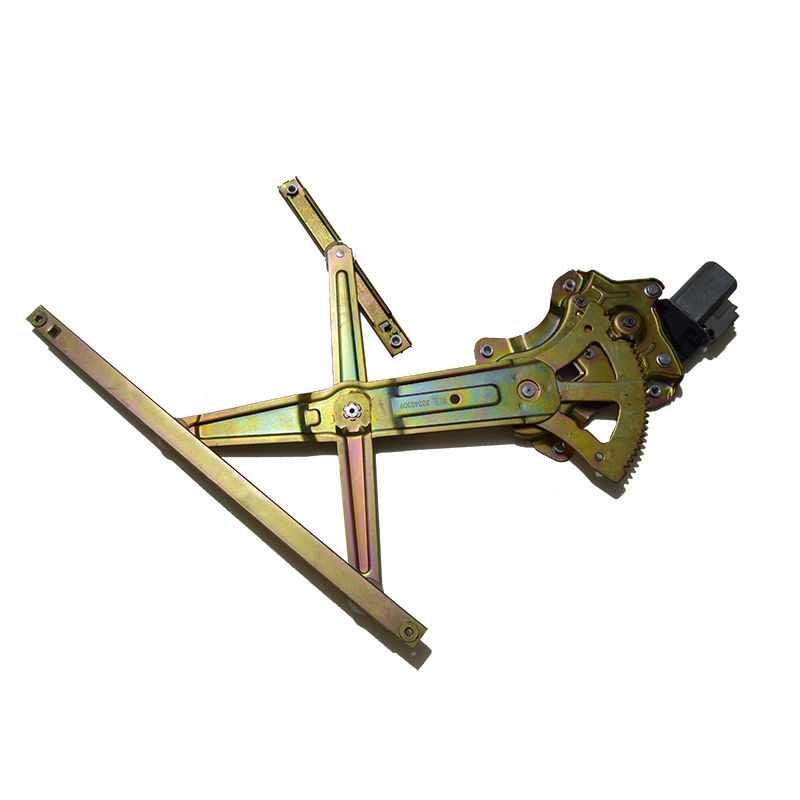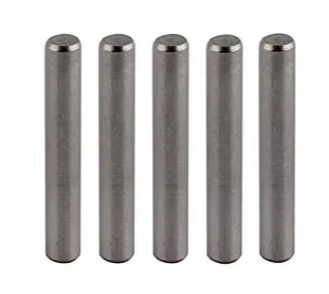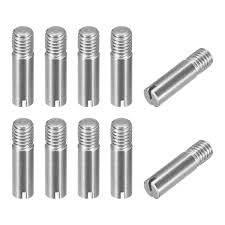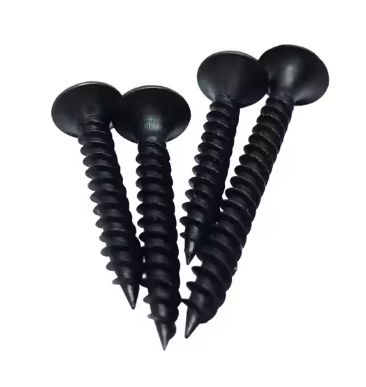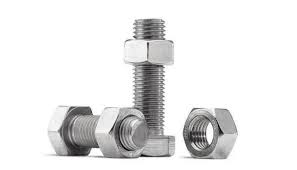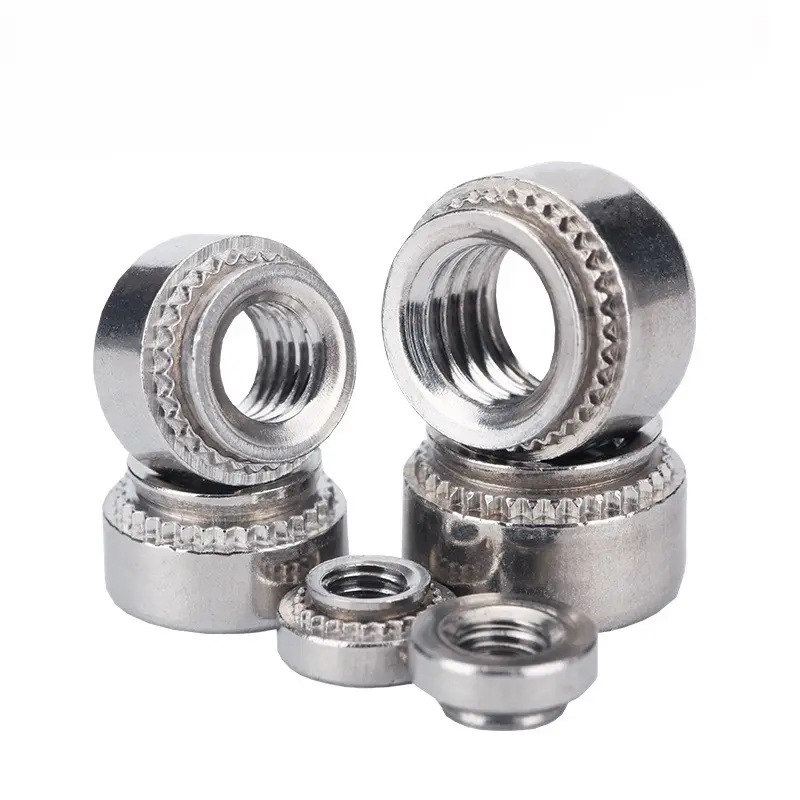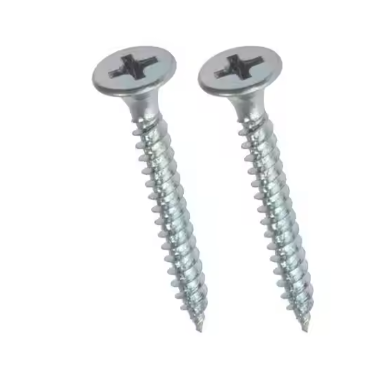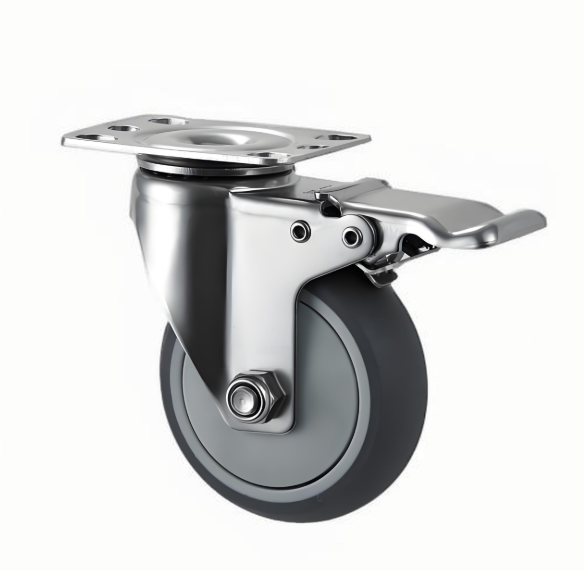

This comprehensive guide explores the world of hex bolt and nut fasteners, covering everything from their basic properties and applications to selecting the ideal components for your specific needs. We'll delve into different materials, sizes, grades, and applications, equipping you with the knowledge to make informed decisions for your projects. Whether you're a seasoned engineer or a DIY enthusiast, this guide will enhance your understanding of these fundamental elements of mechanical assembly.
Hex bolts and nuts are essential components in countless mechanical applications. A hex bolt is a type of threaded fastener with a hexagonal head, designed to be tightened and fastened with a wrench. A nut is a threaded counterpart that mates with the bolt, creating a secure connection between two or more parts. The hexagonal shape provides a strong grip for wrenches, improving torque transmission and preventing slippage.
Hex bolts and nuts are manufactured from a variety of materials, each offering different properties. Common materials include steel (carbon steel, stainless steel, alloy steel), brass, and aluminum. The material selected depends heavily on the application's requirements for strength, corrosion resistance, and temperature tolerance. Grades indicate the strength of the material. Higher grades generally imply greater tensile strength and yield strength. For example, a Grade 8 bolt is significantly stronger than a Grade 5 bolt. Always check the relevant material specifications to ensure compatibility with your intended use.
Hex bolts and nuts are available in a wide range of sizes, typically specified by their diameter and length (for bolts) and diameter (for nuts). Thread pitch (the distance between adjacent threads) is also crucial, ensuring a proper fit and secure connection. Inconsistent thread pitch can lead to improper engagement and potential failure. Selecting the correct size is critical to guarantee the structural integrity of the assembly. Hebei Dewell Metal Products Co., LTD offers a wide selection of sizes and grades to suit diverse projects.
Hex bolts and nuts find applications across numerous industries and applications, including construction, automotive, manufacturing, and general engineering. From connecting structural elements in buildings to securing components in machines, their versatility is unmatched. They're used in applications requiring high strength, reliable connections, and easy assembly and disassembly.
Specific types of hex bolts and nuts are designed for specialized applications. For instance, hex bolts with washers are used to distribute the clamping force more evenly, preventing damage to the connected surfaces. Similarly, flange bolts have an integrated flange for increased surface contact and better load distribution. Choosing the right type is crucial for optimal performance and longevity.
Choosing the appropriate hex bolt and nut involves several key factors:
Always consult engineering specifications and standards when selecting fasteners. Over-tightening can lead to stripped threads or material failure, while under-tightening can compromise the structural integrity of the assembly. Proper torque control is vital for reliable and safe performance. For heavy-duty applications, consider using higher grade bolts and nuts for improved strength and durability. For corrosive environments, stainless steel fasteners provide superior protection.
Understanding the characteristics and selection criteria for hex bolts and nuts is essential for successful mechanical assembly. This guide has highlighted the key aspects to consider, enabling you to make informed choices based on the specific demands of your projects. Remember to prioritize safety and always follow best practices for fastener installation.




